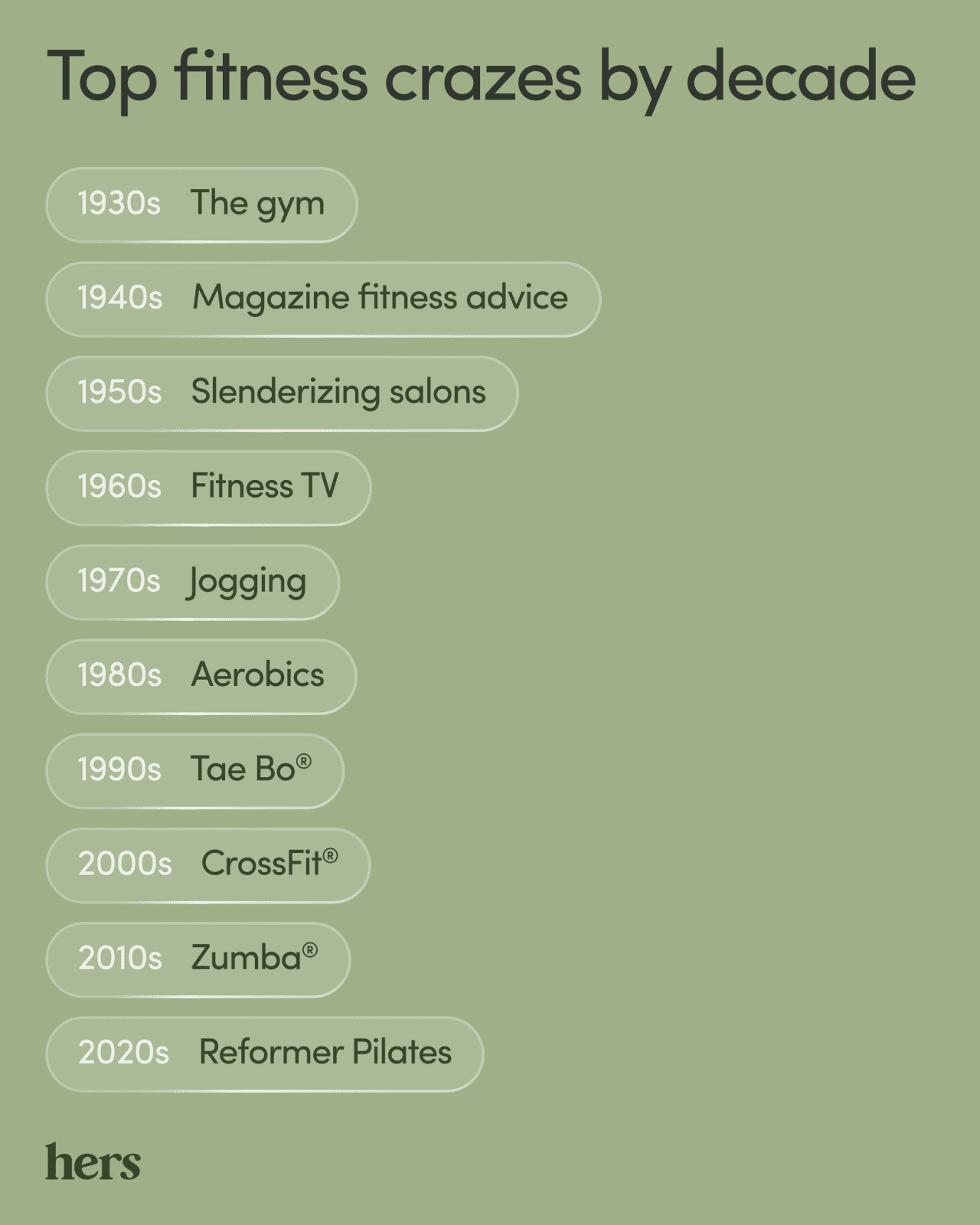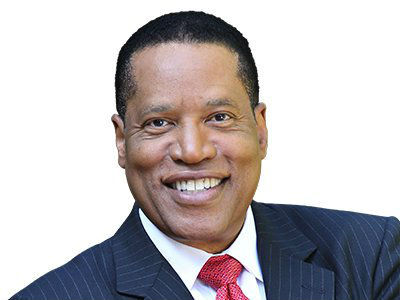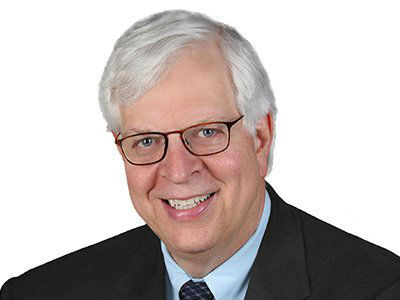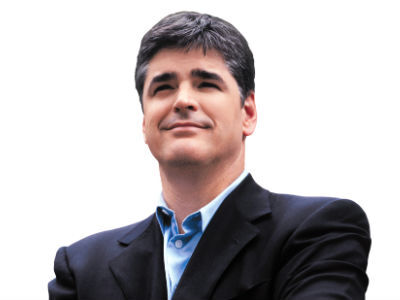Fitness trends over the decades
Lifestyle

Audio By Carbonatix
11:30 AM on Friday, October 17
By Olivia Rockeman for Hers, Stacker
Fitness trends over the decades
Since the start of the 20th century, new technology has made daily work increasingly more sedentary, and Americans have searched for creative ways to stay fit and lose weight. Some trends over the years have emphasized the importance of cardio, while others prioritize resistance training or stretching.
These days, fitness trends spread and change faster than ever on social media. But personal trainers, celebrities, and entrepreneurs have been formulating and advertising new exercise plans for decades. While there’s no question that lifelong exercise is associated with a longer, healthier life, some fitness habits are safer and more effective than others.
Hers researched the origins behind the fitness crazes of the last 10 decades and analyzed which have staying power versus which are true fads.

1930s: The First Gyms
Beginning in the early 1930s, beauty salons introduced exercise rooms, where women were taught that they could control their appearance through physical movement classes.
About six years later, Jack LaLanne opened the first real health club for nonathletes in Oakland, California. It included leg extension machines, pulleys with cables, and the first weight selectors. Before that, gyms were used primarily by bodybuilders and the military.
Modern research shows that individuals who use fitness centers improve their psychological and mental well-being, in part because of the social nature of a gym setting. Further, gym members typically do six hours more exercise a week than nonmembers and have lower heart rates, smaller waists, and higher levels of cardiovascular fitness, according to a study published in 2017.
1940s: Magazine Fitness Advice
Women’s magazines began to capitalize on the rising interest in fitness among women that had developed a decade earlier. Publications like Life and Good Housekeeping published articles with various exercise recommendations like high kicks, lunges, and squats that can be done at home. These magazine articles made exercise feel accessible, particularly for mothers who had small children at home.
Technology has made home-based fitness programs more sophisticated over the years, but research has shown that even 5 minutes of a daily exercise routine can significantly improve physical fitness and mental health in sedentary individuals. This suggests that even small doses of exercise — as recommended by the 1940s magazines — can be beneficial.
1950s: Slenderizing Salons
A chain of salons called Slenderella claimed that clients could lose inches from their waists by simply relaxing on their electronic rotating beds. The machine was said to break up fat through vibration, but didn’t include any sort of muscle-building movements. It was attractive because lifting weights and running were still considered taboo for women in that era.
1960s: TV Fitness
“The Debbie Drake Show” — popular among men and women — aired nationwide and kicked off a video fitness craze. The exercises on the show mimicked the sort of stretching and core work found in yoga and pilates today.
The show, which launched in 1962, stayed on the air for more than 15 years and paved the way for celebrities like Jane Fonda and Richard Simmons, who started similar programs in the 1980s.
1970s: Jogging
Jogging for exercise became popular for the first time in the 1970s, particularly for women. In 1972, the Boston Marathon opened to female competitors, and in 1978, the so-called jog bra — the first real sports bra — revolutionized running for women. In 1977, actors Farrah Fawcett and Lee Majors were pictured running on the cover of People magazine, bringing it further into the mainstream.
Studies show that even 10 minutes of moderate-intensity running can elicit a positive mood and increase executive function. That said, the risk of running-related injury increases significantly when individuals increase their distance too quickly. It’s important to gradually increase the speed and duration of your runs to prevent such injuries.
1980s: Aerobics
In 1968, a physician named Kenneth Cooper ushered in modern fitness culture with his bestselling book “Aerobics.” For the first time, science-backed evidence showed that rigorous exercise was beneficial to health. Aerobics classes like Fonda’s and Simmons’ tapes didn’t become popular until the 1980s, when they sold millions of copies. The videos typically involved rhythmic movements synced to music, starting with a warm-up and progressing to higher-intensity jumping jacks and kicks, followed by a cool-down and stretching.
While the aerobics of the 1980s referred to a particular kind of routine, health professionals define aerobic exercise as any sustained physical activity that increases your heart rate and breathing. Either way, the benefits are clear. Aerobic exercise — including swimming, running, dancing, and brisk walking — has the ability to structurally affect the brain and therefore improve certain dimensions of cognitive function.
1990s: Tae Bo
Tae Bo, a body fitness system that incorporates martial arts techniques and traditional choreography, became popular before the turn of the century through videos sold via infomercials. Because of its growing popularity, gyms also began offering kickboxing-based fitness classes similar to Tae Bo.
While Tae Bo itself isn’t as ubiquitous as it once was, it paved the way for the boxing-style studios that are popular today. A 2014 study found that kickboxing is both a method for self-defense and a routine that enhances upper-body muscle power, aerobic power, flexibility, agility, and more.
2000s: CrossFit
Greg Glassman opened the first CrossFit gym in California in 2001, beginning a phenomenon centered on high-intensity, functional movements. The gym received global recognition after the 2007 CrossFit Games, which included events like obstacle courses and lifting competitions.
CrossFit workouts may be effective at improving cardiovascular fitness. That said, the intensity of the workouts puts stress on the body, meaning individuals need proper recovery between sessions.
2010s: Zumba
Zumba is a high-energy, dance-fitness program that blends Latin and international music with aerobic exercise. When it rose to popularity in the early 2000s, it was viewed as a way to burn calories in a playful environment. In 2012, Zumba was named company of the year by Inc Magazine and was the largest fitness company in the world.
Dance of any genre is considered as effective as other types of physical activity interventions for improving psychological and cognitive outcomes, including emotional well-being, depression, motivation, social cognition, and some aspects of memory.
2020s: Reformer Pilates
Joseph Pilates created his exercise method, formerly known as Contrology, in the 1920s. However, reformer Pilates studios only began popping up all over the U.S. recently, attracting both professional athletes and city dwellers looking for low-impact exercise that builds strength.
A recent study found that reformer pilates improves body composition, increases muscle strength and endurance, and reduces depression and anxiety in overweight and obese women. One limitation is that reformer Pilates can’t be done at home, making it more expensive than many of the other trends over the decades.
4 Tips for Choosing a Sustainable and Effective Exercise Routine
Trends come and go, but one thing’s for sure: exercise is crucial to mental and physical health. Rather than try to follow the latest routine on your social media feed, the key is to choose a workout routine that you can be consistent with. Here are four tips to stay active and sort through the fitness noise:
- Aim for a combination of cardio and resistance training. Keeping up with a balance of both helps create a well-rounded routine that will improve heart health, build muscle, and support long-term weight loss.
- Choose the kind of movement you like best. Sticking with activities you actually enjoy makes it easier to stay consistent and build a sustainable workout habit.
- Find an accountability partner. Working out with a friend, partner, or family member will make you more likely to show up and stay committed to your fitness goals.
- Ignore the fads. Remember the fundamentals, such as consistency, proper nutrition, and progressive training, without falling for trends that make sweeping claims about quick fixes.
This story was produced by Hers and reviewed and distributed by Stacker.

























